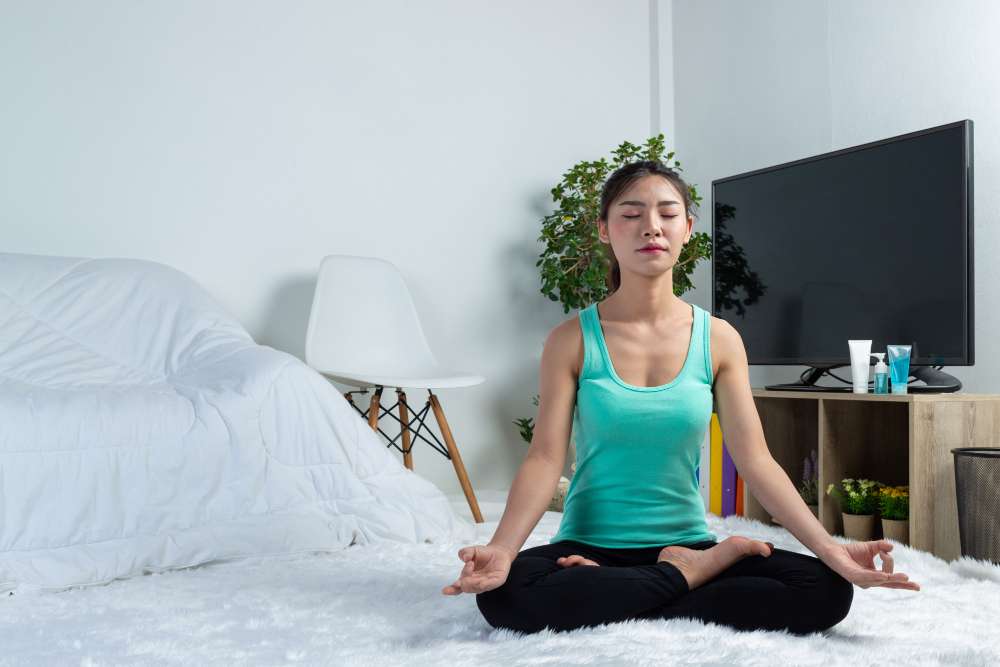In today’s fast-paced world, finding a quiet space to unwind is more important than ever. That’s where a meditation room comes in—a dedicated area in your home where you can relax, breathe and clear your mind. Whether you want to practice meditation everyday or just starting, creating a meditation room doesn’t require a large budget or a ton of space. Here’s a guide to help you design the perfect peaceful retreat in your home.
1. Choose the right space
The first step in building your meditation room is choosing the right location. Ideally, it should be a quiet area away from daily life’s hustle and bustle. A spare bedroom, attic or even a living room corner can work. The goal is to find a spot where you won’t be distracted by noise or interruptions.
If you have access to a space that offers natural light, that’s a bonus! Sunlight has a calming effect and can enhance the overall ambiance. But don’t worry if your room doesn’t have windows—soft lighting can create the same peaceful atmosphere.
2. Keep it simple and minimal
Less is more when it comes to a meditation space. You want a clean, clutter-free environment that promotes relaxation. Choose simple, comfortable furniture like a floor cushion or a low bench. Avoid overloading the room with too many objects. A few key items like candles, essential oils or a plant can bring a sense of calm without overwhelming the space.
3. Consider the colors
The colors you choose for your meditation room will impact the overall feel of the space. Soft, neutral tones like whites, beiges or light grays can help create a tranquil environment. If you prefer some color, opt for soothing shades like pastel blue, green, or lavender. These colors can encourage feelings of serenity and relaxation, making them ideal for a meditation room.
4. Incorporate natural elements
Bringing nature indoors can enhance the peacefulness of your meditation room. Consider incorporating elements like plants, bamboo or stones. These natural accents add to the aesthetic and help ground you during your meditation sessions. Plants like succulents or peace lilies are easy to maintain and bring a sense of life and calm to the room.
5. Create the right atmosphere
A meditation room should engage all your senses. You can use essential oil diffusers or incense to fill the air with calming scents like lavender or eucalyptus. Soothing sounds can also help you stay in the moment. Consider adding a small fountain, wind chimes or a playlist of nature sounds to enhance your practice.
For the floor, soft materials like a cozy rug or yoga mat can help create a comfortable place to sit or lie down. You want the space to feel as welcoming and relaxed as possible.
6. Personalize your space
Finally, make the space your own. Whether it’s a photo that inspires you, a meaningful object or even a small altar, personalize your meditation room in a way that brings you joy and peace. Keep in mind that the room should feel like a personal sanctuary—a place where you can escape the outside world and focus on your inner self.
Building a meditation room at home doesn’t have to be complicated or expensive. With the suitable space, minimalistic design, calming colors and some personal touches, you can create a peaceful retreat that nurtures your mind, body and soul. By incorporating natural elements, scents and sounds, you’ll have a sanctuary that allows you to escape from the daily grind and refocus your energy. Ready to begin? Your peaceful retreat awaits!

